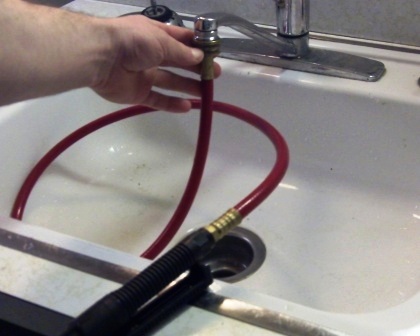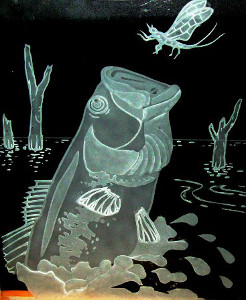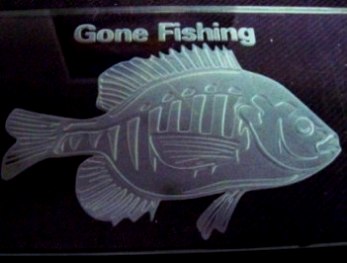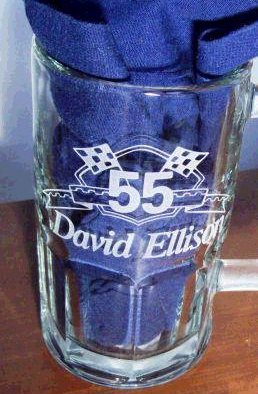As the video stated, I was going to show you how to connect your photo resist washout nozzle to a faucet in your house. One of the main reasons you want to hook these up to your faucet inside your house is because they are connected to the hot water line. And warm or hot water is usually ideal to use when washing out a photoressit. It helps washout the pattern in a timely manner.
Most of you are probably going to wash these out in your basement laundry room sink. And most basement sinks have the correct threads for the washout nozzle. In that case, you have no problem, but if you have one that your washout nozzle doesn’t fit onto, you will have to buy a adapter.
Manufacturers of photoresist washout nozzles don’t usually tell you how to connect them to home faucets so I figured this would help for those that don’t have the right threads.
1. Buy a adapter. You can find these at your local hardware store or check out this one I found on Amazon: http://amzn.to/A0Pd3X
I first bought a univeral faucet adapter shown on the left. This univeral adapter basically has a hose which clamps down on the faucet tip but it keep coming off so I don’t recommend getting this one. Get one show on the right which has a double sided thread.
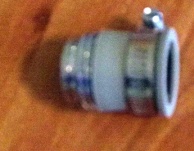
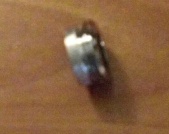
2. Remove faucet Tip– Remove the faucet tip by turning counter-clockwise. It may be too hard to loosen by hand so use pliers for assistance.
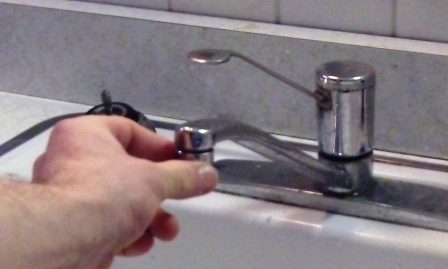
3. Tighten Adapter to Faucet– Turn the adapter clock-wise onto the faucet with the right threads.
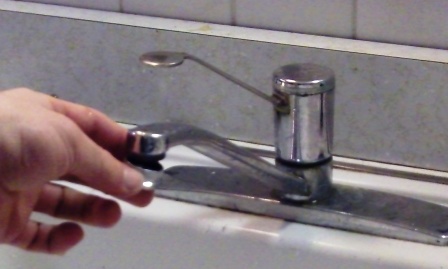
4. Screw Washout Nozzle on– And that’s it. You’re ready to make some great photoresist stencils.
